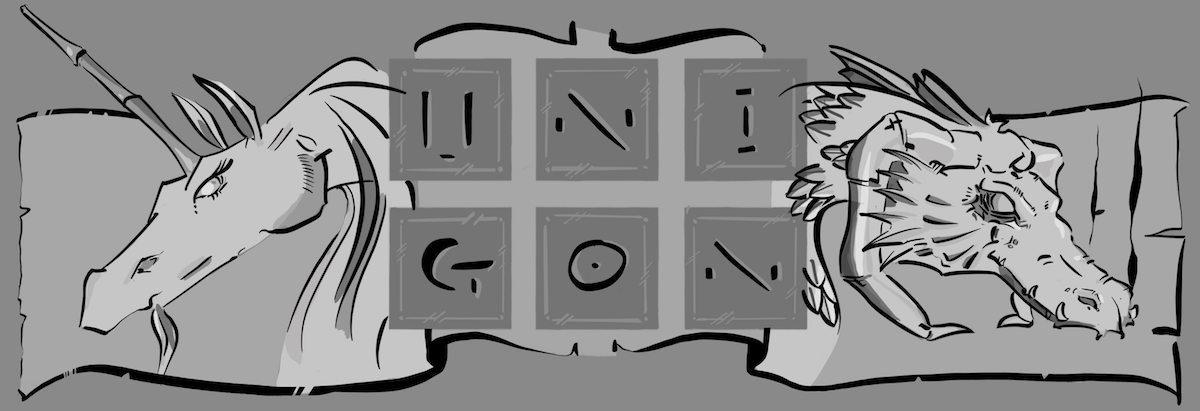((This may be remembered as the post that sent me to a place with nice people and padded walls.))
Some years ago there was an Iranian film festival in Seattle held at the Museum of History and Industry (MOHAI). While every film I saw moved me in ways that are too distant to fully recast into words, there was one film on a person’s discovering themselves through their inner-child that resonated with me. As much as it may have resonated with me, it was some years before I revisited the idea for myself.
When something bad happens for the first time you can always chalk it up as a fluke. But when lightning, as the case may be, strikes in the same place twice we must seek what is attracting the strike. Or as one poster once quipped, “The only consistent feature of all your dissatisfying relationships is you.” And my second divorce was this to me; a failure I could not write off as fluke. In the process of going to therapy I discovered myself “talking” to various past versions of myself. I was coincidentally reading Hermann Heese’s semi-autobiographical novel “Der Steppenwolf“. In the book the author talks about the infinite set of selfs that fracture off from the present self as time passes by; our self is not one self but a composition of these infinite selfs strung along and held together by a shared thread of space and time. In the process of this therapy I was often asked to give an age to the voice I was interacting with. This process of identifying an age allowed me to isolate my present self from these previous selfs and furthermore pinpoint some event or period in my life that remained unresolved.
Coincident to all of this, I also recall myself every day wondering if I could let go of past conceits. In many senses I was trying to strip away layer upon layer of my self-made delusions about myself and my past relationships. And every day I felt myself dig deeper into a well that I constructed for myself. Every day I went deeper into soil, deeper into the cool recesses of Mother Earth under the shade of cool, green leaves. Instead of therapy changing me, it un-warped me and let me become more–for lack of a better description–me. Then one day there was no more soil to dig because I broke through and fell into blue sky where I floated, surrounded by light. There was no Earth above or below me; it is all sky and all light. And I knew, at least for that moment, that I was as close to my center as I had ever been. Peace filled me even while I felt a duality of sadness at the hurt I had caused others–especially others I deeply loved–and happiness for finally coming home to myself.
This was over a year ago. Since then I have found it easier and easier to let go of so many things that I once would hook into myself, making myself believe I needed them. There is an amazing amount of peace that comes from letting go of so much, but most of all from letting go of my ego. Without ego there are no defenses necessary to maintain, no need to project an image of myself for others to interact with. I can just be me, all the while fully accepting the consequences of such.
But here is where strangeness, real strangeness, enters into things. Only recently something interesting has been happening to me in quieter moments, although I acknowledge that I find listening to music makes the process almost effortless. I find that I can open a door inside of myself and float back into that sky filled with light. In that space I find myself and all of my former selfs looking back at the present me. It is utter peace. More than peace, it is sheer happiness. I feel flooded with light; the light flows past and through me and I find my edges dissolving into the horizon. I no longer feel like I am anywhere or in any one time, even though at some level I still can recognize a certain connectedness to Now and Here. It is not just a passing thing, but minutes and tens of minutes can pass before I even realize that I am coming back to this Here and this Now. And as often as not it is then I realize my cheeks hurt from smiling and my eyes are wet.
I do know what it is. The analytical, scientific, objective portion of me thinks of endorphin and dopamine being released in my neural cortex whereby elation and even euphoria can be induced. And certainly, this may be the very chemical reason for all of this. But I also wonder if this is why civilization after civilization has sought spirituality, even required it in order to remain sane? For the first thirty-six years of my life I was by-and-large without this sense of wonderment and joy that comes from feeling connected to something larger than myself; and I truly believe I failed to grow as a human being: I was stunted. Ironically, I feel connected to the Universe not by forgetting who I am but instead letting myself fill out and into all that I can perceive. Still, I do not know what is is; but I do know I love it. Or maybe it is better to say it is love. And that is enough.
